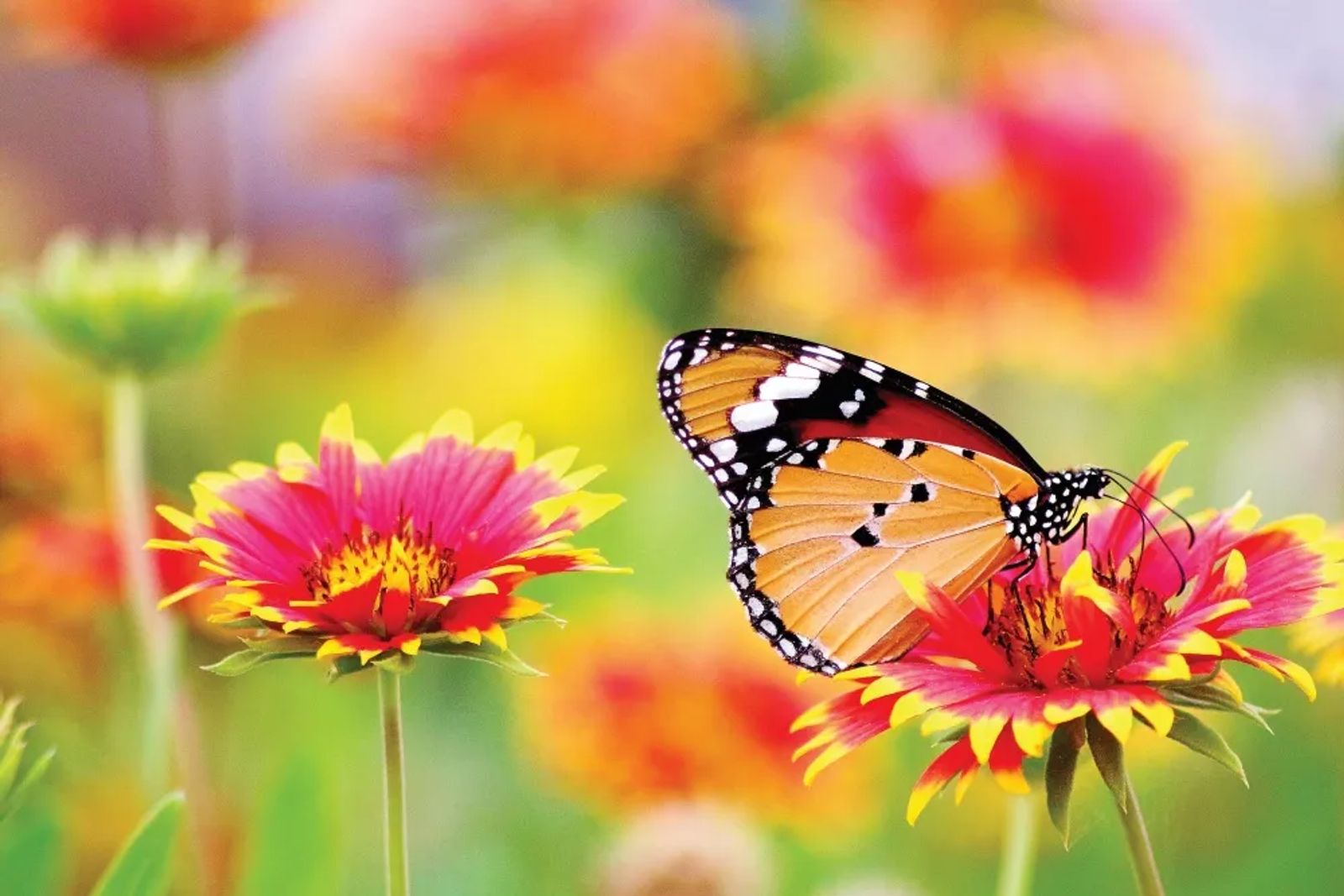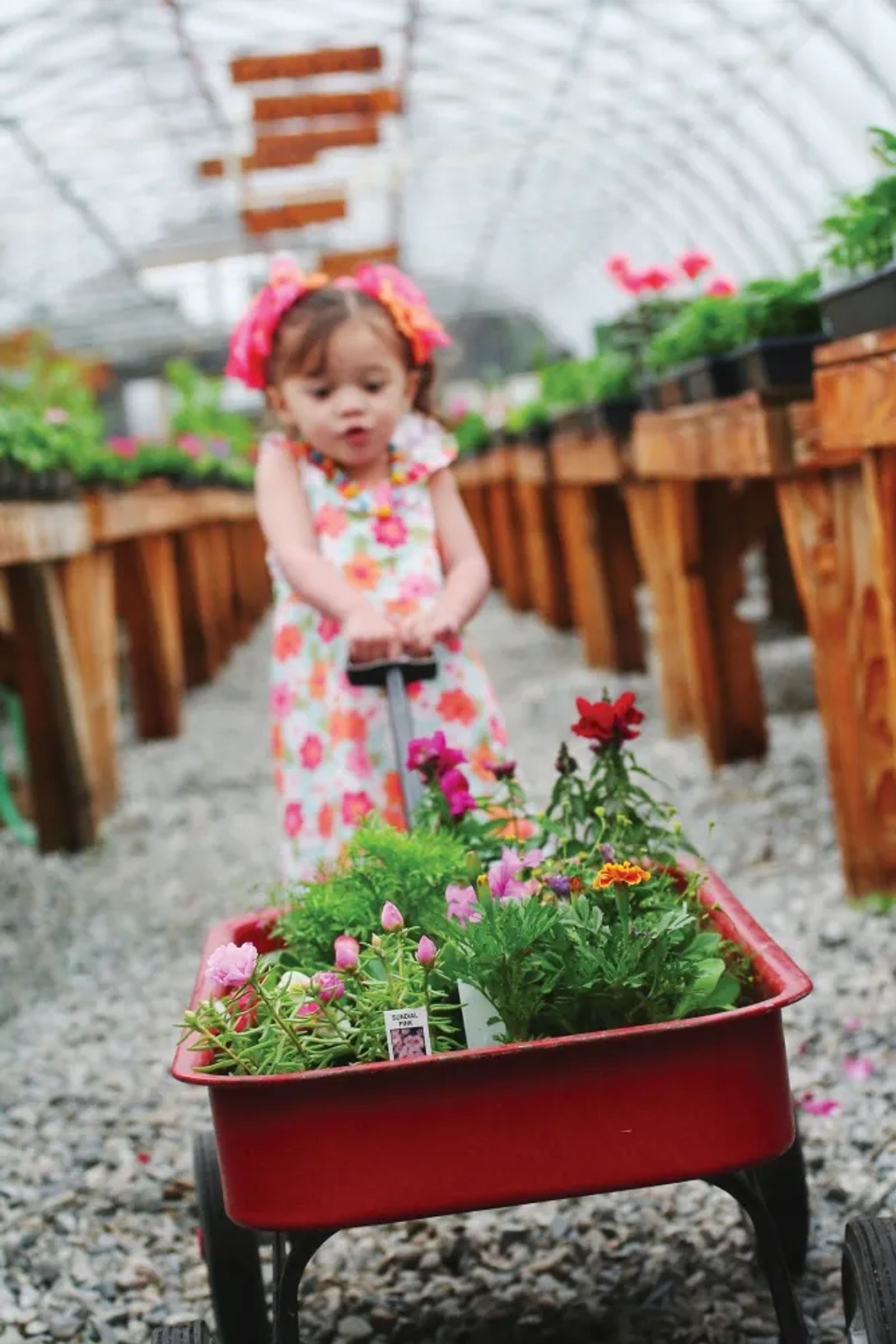
Scents of Spring
May 2021
by stephanie hobby
It’s May! That utterly delightful month when spring warms into its full glory, flowers dot the landscape with bright splashes of color, and their heavenly aromas fill the air. And while it’s true that floral scents are synonymous with spring - and can do wonders for our mental health - many flowers don't have much of a smell, only emit their perfume at night, or don't have a scent at all. Some downright stink. So, while those flowers you give Mom for Mother's Day might make her house smell great, there's a pretty important purpose behind those scents, and it has nothing to do with our enjoyment. (Sorry, Moms!)

photo by Lovely Hitchcock
Like so many other things in nature, it’s all about keeping the species flourishing. For flowers, that means attracting pollinators. We all know how this works with a bee: it rustles around in the petals, sipping nectar, inadvertently gathering pollen on its legs, which falls off at the next flower. If the pollination is successful, the flower produces seeds and fruit.
But there are a lot of pollinators, and not all of them are after the same things. "Different plant species are going to have different cocktails of what gives the flowers their unique scents. That is geared toward enticing different pollinators," explained Dr. Jason Comer, Assistant Professor of Botany/Biology at Montana State University-Billings. "You can break it down not only by the presence or absence of fragrance but also when the flowers are fragrant. Nocturnal flowers smell at night versus during the day, when they hardly have any scent."
While bees, butterflies, and moths tend to get a lot of the credit for pollination, there's a whole host of other animals who spread pollen, ranging from ants and beetles to bats, mice, and even lemurs. This presses plants to tailor their attractiveness. Bees and butterflies like the sweet scents that humans enjoy, but beetles and ants are drawn to aromas that smell more rotten. (The rotting-flesh scented corpse flower is one of the more famous examples.)
The scents originate in different parts of the flower, depending on the species. Some have specific glands where the aroma is made; others' perfume comes from the petals. Genes determine exactly where and when the aromatic oils develop. The process differs between species and gets complicated very quickly, but many flowers stop producing fragrance compounds once they have been pollinated to save energy.
Others double down. "There are some plants that will start out with one particular fragrance profile. The pollinator will come in, take out the pollen, then the flower will switch up the fragrance profile to entice another bee or pollinator to come back in and visit again. That's really unique," said Comer.
Orchids are an interesting example. They'll emit a fragrance that mimics a female pollinator's scent. The poor male goes into the flower and realizes he's been fooled and makes a note not to go back to that bud again. But to the plant's benefit, he has successfully spread the orchid's pollen. Once that has happened, the orchid will change its scent in an attempt to woo that same bee back again.
Producing fragrance takes a lot of energy for a plant, so some don't produce any at all, relying instead on their fabulous colors to attract an animal. It can be a bit deceptive to us humans. Dr. Comer points to the beautiful tropical hibiscus. They seem like they should have an amazing scent, but they just don't. "That's because they rely on birds. Birds like hummingbirds are a bit more visual and are attracted to color rather than scent," he said. You might notice that some brighter-colored flowers are also sturdier or more tube-shaped to accommodate a bird's beak.
Flowers that prefer the nightlife will crank up their fragrance when the sun goes down. "There are a number of cacti species that bloom at night, and they're actually pollinated by bats. The Queen of the Night is a blooming cactus. It opens at night with very large flowers and lots of nectar to entice bats," Comer said, adding that flowers that pollinate at night are often white since color isn't as important in the dark.
Plants that rely on the wind or water for pollination typically don't waste any effort on smelling nice or looking good. (For the record, they don't care about your hay fever either.) These free spirits just carelessly spread their pollen wherever the wind takes them, which is why grasses, wheat, corn, and oats don't have a fragrance but still manage to mess with your nose.
Other plants, like mint and basil, develop their fragrances to keep predatory insects away. Thankfully, what tastes bad for a bug makes our lives that much more flavorful. And we can all savor those unbeatable scents of spring, despite knowing that it was never about us.
Aaaand action!
Distilling essential plant oils is a fun and easy at-home activity. Choose your plant carefully since an individual flower won't produce that much oil. Some, like jasmine, require hundreds of pounds to distill even a tiny bit, which is why certain essential oils are so expensive. Dr. Comer recommends that you use smelly herbs, like peppermint or basil, for this activity.
If you have a stockpot with a steamer, boil a few inches of water in the pot, add your herbs, and place the steamer basket over the water. Next, place a glass or stainless-steel dish in the middle of the steamer basket, and put the stockpot lid on upside down, so it points down into the bowl. Simmer on medium-low heat and check after 10 to 15 minutes. You should start to see oils dripping from the inverted lid into the bowl. These oils are what the plant creates to attract pollinators!
You can also take a nature walk with your family during different times of the day and have your children observe when flowers are at their most fragrant. It’s amazing, but the time of day really does make a difference. Ask lots of questions, and have fun!
Originally printed in the May 2021 issue of Simply Local Magazine
Never miss an issue, check out SLM's digital editions here!





